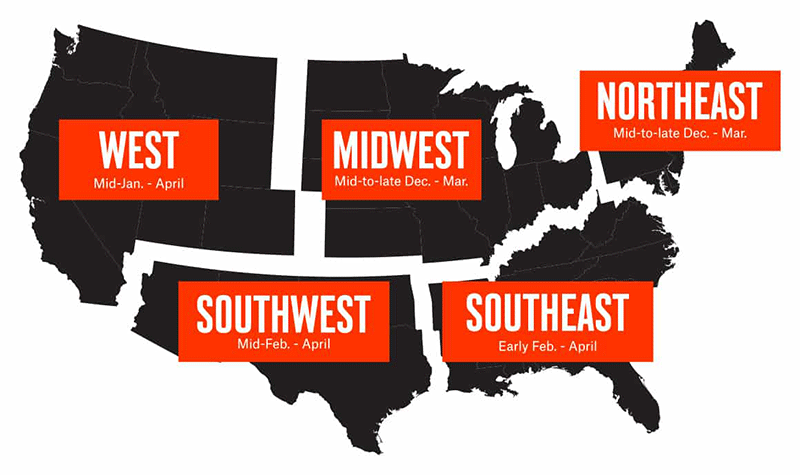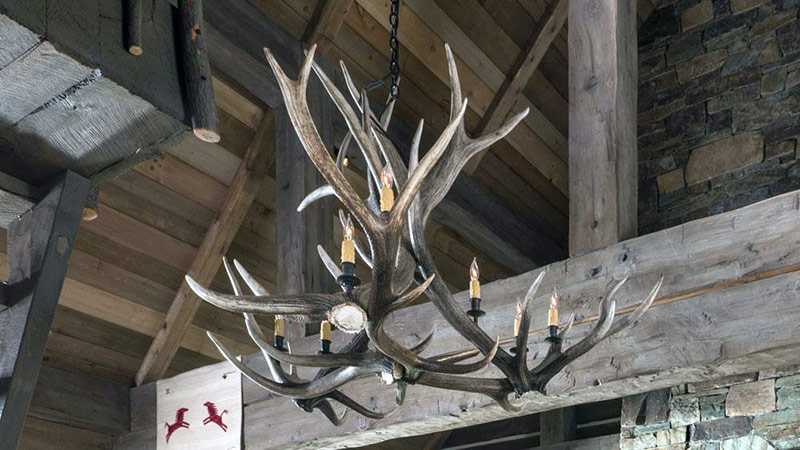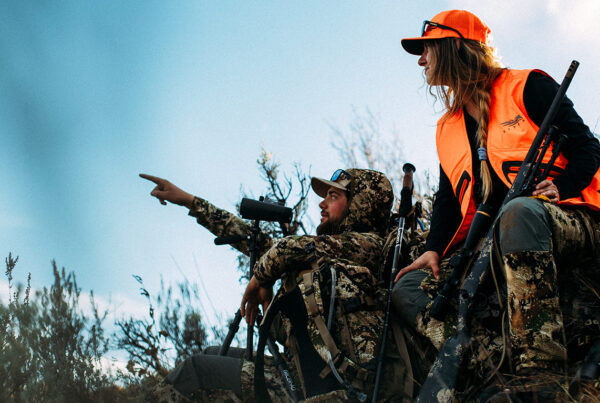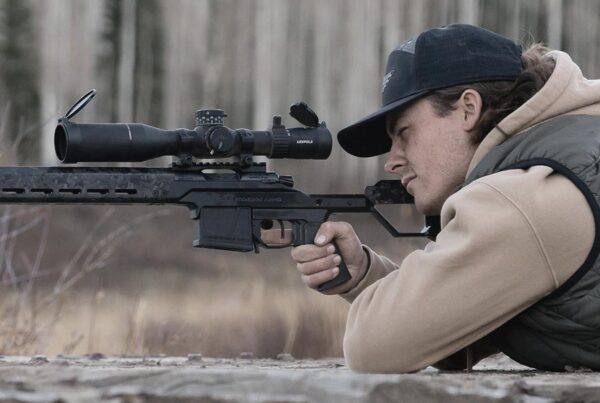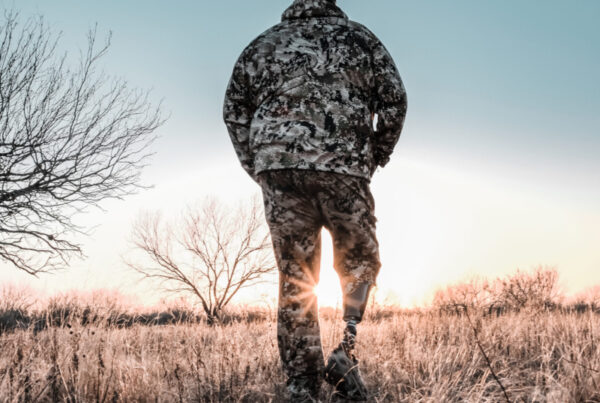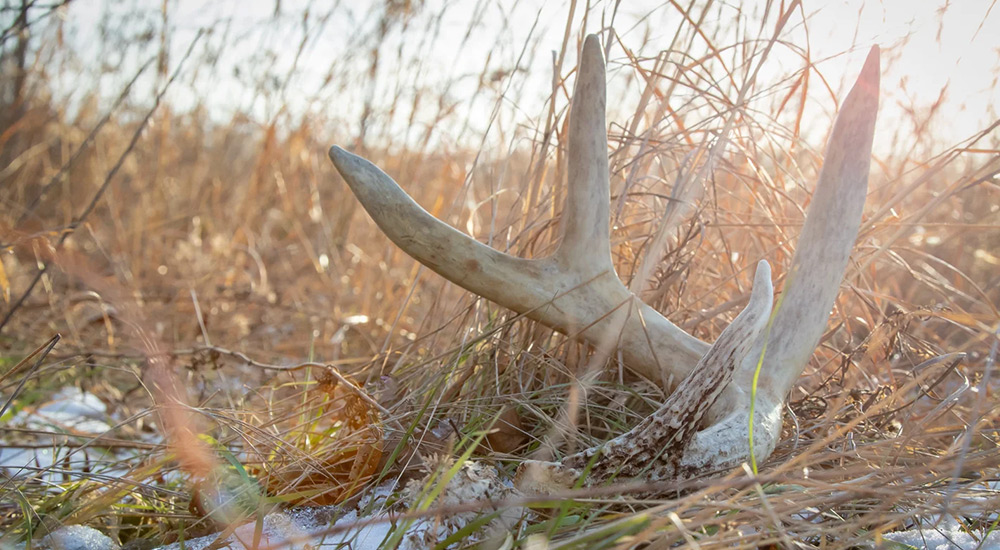
Shed Hunting Tips
Spring is the time of year when we hunters start to get cabin fever and the itch to get outside. Shed hunting is a perfect activity to get outdoors and help pass the time between seasons!
When and why do animals shed their antlers?
Antler shedding is a natural process that occurs in response to hormonal changes in the animal’s body. During the harsh winter months, the Cervidae family—deer, elk, moose, caribou, and others—shed their antlers. This happens as their testosterone levels decrease, causing the antlers to loosen and eventually fall off. It’s quite fascinating. The shedding process gives us insight into how well-fed the animals are and their yearly stress levels.
Antlered species typically shed their antlers between January and April, making the first four months of the year an ideal time to go shed hunting—depending on your location.
Image credit: onX Maps
Fun fact: Unlike other species, axis deer shed their antlers on their birthday 🎂
Hunting for shed antlers is growing rapidly in popularity among hunters, especially out west. It’s a fun and exciting way to extend your hunting season, while also learning about the habits and behavior of the animals you’re hunting.
Successful shed hunting requires a combination of miles on boots, knowledge of animal behavior / habitat, and a little luck. This guide provides tips to help you find a pile of sheds this spring.
Regulations on shed antler hunting
Before you get started, keep in mind some states have local laws and regulations regarding shed hunting. Many states have specific dates when shed hunting is legal, and some require hunters to take a certification course and carry a certificate of completion. For this reason, it’s critical that you research regulations in the area(s) you plan to shed hunt so you comply with the law at all times.
Though shed hunters don’t love them, these restrictions play a critical role in the ecosystem, as they limit the amount of pressure on wildlife.
Deer, elk, and other antlered species get pressured all hunting season—they quite literally fight for their lives. As hunters, we have a duty to give these creatures a breather when it’s no longer legal to hunt them. That means less venturing into their territory to reduce their stress.
In the end, the less stress they endure, the more likely these animals are to grow and remain healthy, which means better hunting next season.
Benefits of shed antler hunting
Even though we become “giddy kids on Christmas” when we find a shed antler, there are many benefits to shed hunting beyond just finding sheds. It’s a great way to exercise and explore the outdoors, and it’s a terrific opportunity for families and kids to learn more about nature and wildlife.
Shed season can also help you learn more about the behavior of the animals you hunt.
By studying the patterns and locations where animals shed their antlers, you gain valuable insights into their movements and behavior throughout the year. It also gives you an idea of how many bucks survived the year.
These learnings will help you in the fall when hunting season starts. You’ll learn the land well enough to know exactly where to set your tree stands, establish basecamp, and stalk your quarry—as well as where choice food sources and bedding areas are. Combine this info with your scouting findings and you’ll be well prepared for next hunting season.
Plus, in a time when the personal connection happens most frequently through digital devices, exploring and searching for dropped antlers is a great way to connect with other hunters and outdoor enthusiasts in real life.
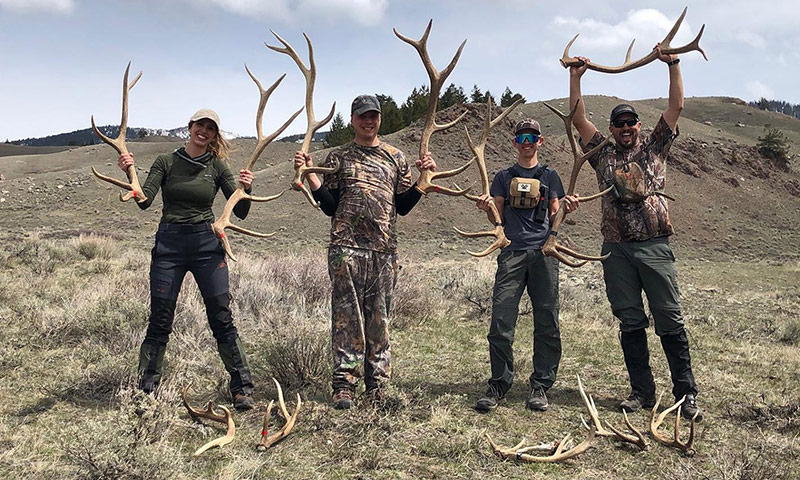
Frankly, we can all use more outdoor time, less screen time, and more in-person time with family members and friends. Many hunting clubs and organizations even host shed hunting events and competitions, which can be a gateway to meeting new people and learning more about the sport.
We find that the greatest friendships often result from getting involved in the community!
Tips for successful shed hunting
There are two main tactics to shed hunting:
- If you’re a wanderer, pick a spot where you know antlered animals have been and go. The more ground you cover, the more likely you are to get lucky and trip over an antler!
- Plan ahead and choose an agriculture field, food source, or bedding area where you know chances are going to be highest.
Search the right habitat
To increase your chances of finding antlers, it’s important to look for areas where antlered animals are likely to spend time. You should focus on feeding areas, bedding areas, and travel routes. Deer, elk, or caribou tend to shed their antlers in areas where they feel safe and secure, so look for areas with good cover.
Think like an animal! Where would you get food and water? What route(s) would you travel?
Also, keep in mind that animals think and act differently in winter and spring than they do during peak hunting season. If you’re out shed hunting in March or April, focus on where animals are at present—not where they were in October.
Use the right gear
The right equipment can make all the difference when you’re shed hunting.
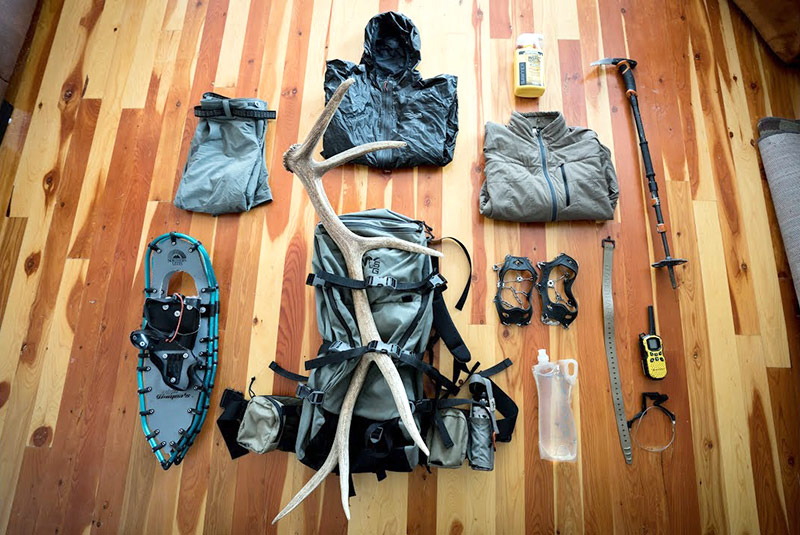
Terrain and weather should also always be considered. It’s smart to prepare for rain, so wearing or packing waterproof outer layers is always a good idea. If there’s still snow on the ground, snow shoes or even removable crampons might be ideal. Hiking sticks often come in clutch, as well.
Binoculars are a must-have for scanning the area for antlers, and a good pair of boots will keep you comfortable and help you traverse rough terrain. A backpack is also essential for carrying water, snacks, and any antlers you find.
Plus, if you don’t have one already, a digital mapping app like HuntWise, onX, or HuntStand will help you keep track of critical information.
These apps allow you to add waypoints to mark where you find sheds, bedding areas, food sources, animal sign, and more. You can even track your path for reference as you plan your next hunt.
Technology like that can be a game-changer for hunters!
Go slow and look carefully
When searching for antlers, it’s important to take your time and scan the ground carefully. Again, learn to train your eye for sheds the same way you do wildlife.

Antlers can blend in with the surrounding foliage, so it’s important to pay attention to your surroundings. Walk slowly and carefully to reduce the chance of missing antlers that are hidden in the brush. Don’t be afraid to kick up leaves, snow, and other organic materials in your path. In many cases, you’ll find that the tip of the antler is the only thing peeking out at you.
A little hint when trying to find sheds with binoculars: you’re bound to see a lot of branches that look like sheds. It will be difficult to distinguish one from the other at the beginning, but over time you’ll train your eye to tell the difference between branches, brush, and antlers.
Use a four-legged friend
Using a well-trained dog can be an excellent way to increase your chances of finding shed antlers. Plus, what isn’t better with Man’s Best Friend?! Dogs have a keen sense of smell and can help you locate antlers you may otherwise miss.
A great resource if you’re looking to train your dog is DogBoneHunter.com. They provide tools and videos to help you train your pooch to find antlers like a pro!
Check fence crossings and bedding areas
Bucks, bull elk, and other antlered species often shake loose antlers when jumping creeks and fences, so it’s a good idea to check fence and water crossings when you’re out shed hunting. Deer and elk also spend a lot of their time in bedding areas so you’ll want to search tall grasses, brushy thickets, swamps, and heavily wooded timber pockets.
Sadly, sometimes animals get stuck in fences or trees—and you’ll end up finding a dead head (complete skull). If you find a deadhead, make sure to check local laws and regulations to find out if you can legally keep it. Plus, wildlife management groups often want to confirm the animal’s cause of death in an effort to combat poaching and the spread of damaging, infectious diseases.
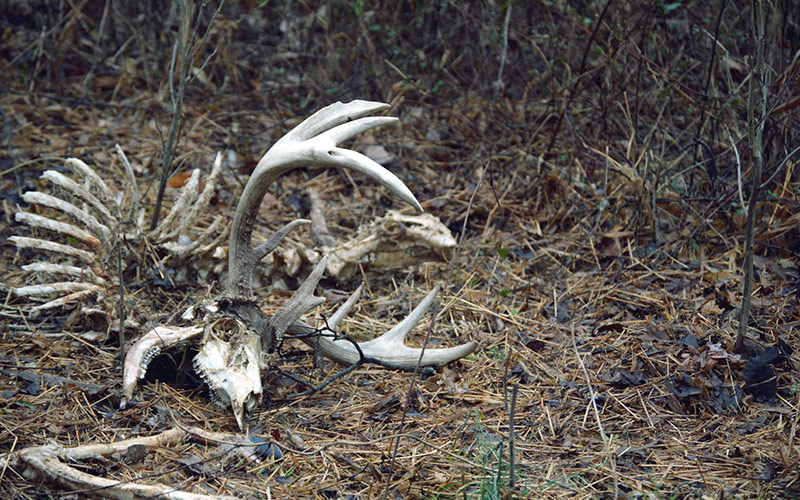
Many people like to honor these animals by euro mounting the skull so their story lives on and their beauty can be appreciated for years to come.
Look for sheds in pairs
Deer and elk typically shed their antlers one at a time, so if you find one shed antler there’s a good chance that the other antler is nearby.
Once one side is off, it will be uncomfortable and uneven for the buck to carry the other antler. Look carefully in the surrounding area for the other antler, as it may be hidden nearby.
Setting up a grid system will help you find pairs and likely more sheds, as well. You’ll typically find them within 100 – 200 yards of each other. Establish a square search perimeter and walk in straight lines within its confines to increase the likelihood of finding your shed’s other half. This is where a digital mapping app can be a great asset to help you mark waypoints where you find antlers and record your walking path to track what you’ve already covered.
Turn your sheds into art—or cash
Sheds are commonly collected and sold for a variety of reasons. Whether it’s for decoration, jewelry, or a dog chew, the antlers you find might be worth some money. Sheds are usually graded by condition and size. They can be taken to auctions and sold by weight or as individual pieces if you find a real trophy.
Image credit: Log Home Living
As always, double-check local laws and regulations before attempting to sell sheds.
Be respectful of the environment
This goes without saying, but bears repeating.
When shed hunting, it’s critically important to be respectful of the environment and the wildlife that inhabits it. Avoid disturbing vegetation and wildlife, and always leave the area better than you found it—a great habit to adopt anytime you’re outdoors. Take trash with you and leave any gates or fences as you found them.
In general, just be a good steward of the land.
Happy hunting!
 since 1995
since 1995

